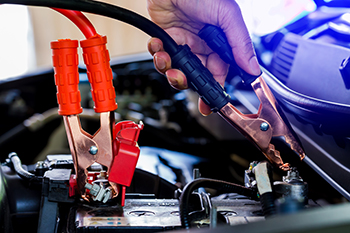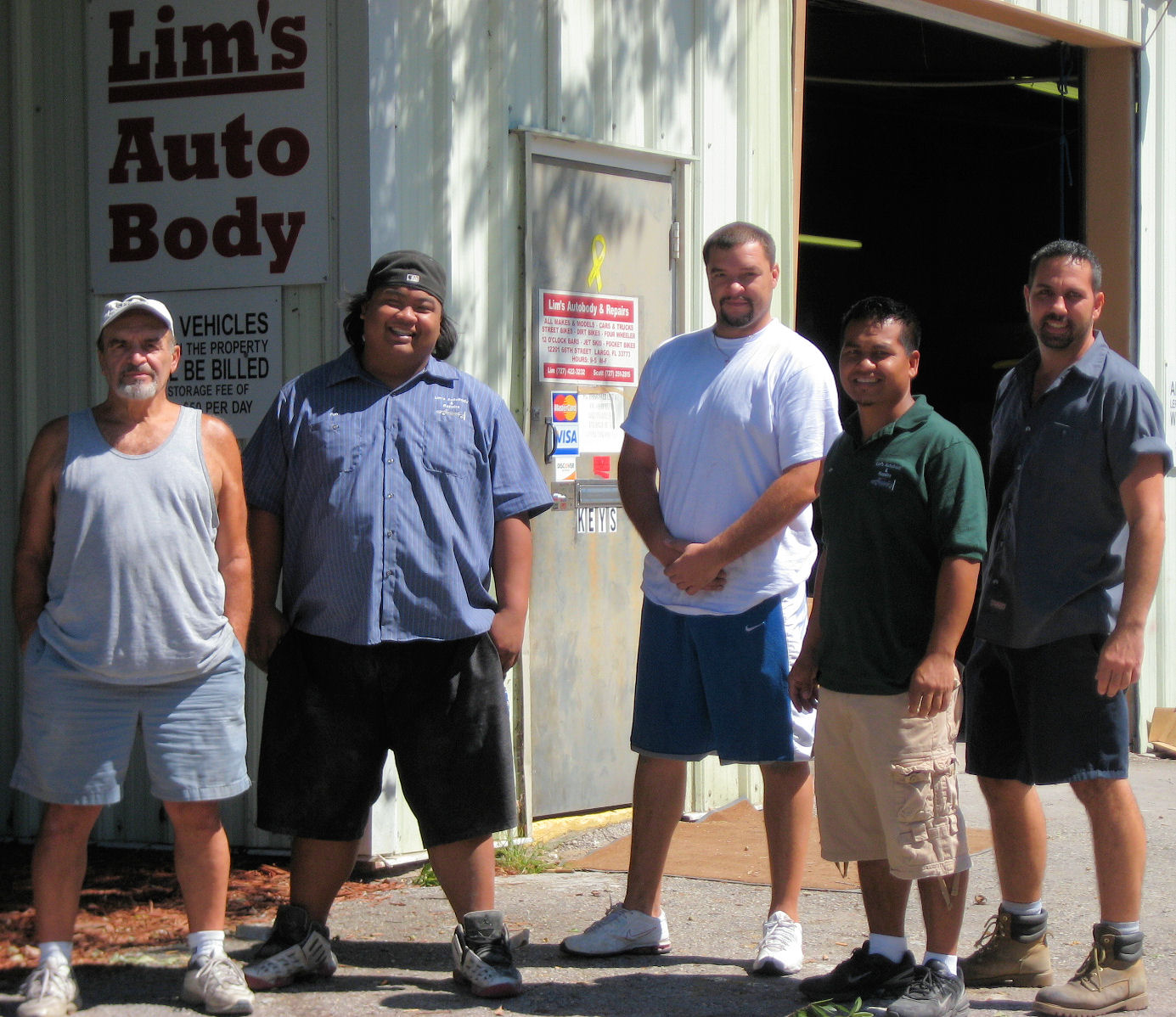Owning a car can be a liberating experience, but it’s not without its challenges. Frequent issues like engine misfires, brake squeaks, and electrical problems can plague even the most reliable vehicles. As an auto mechanic, understanding how to diagnose and fix these problems efficiently is crucial. This series will delve into common car problems and provide practical solutions to help you keep your clients’ cars running smoothly.

Part 1: Diagnosing and Fixing Engine Misfires
Symptoms of Engine Misfires:
- Rough idling
- Stuttering or jerking during acceleration
- Decreased fuel efficiency
- Check engine light (often flashing)
Common Causes:
- Faulty Spark Plugs or Ignition Coils: Worn-out spark plugs or damaged ignition coils can cause incomplete combustion, leading to misfires.
- Fuel Delivery Issues: A clogged fuel injector or a failing fuel pump can restrict the flow of fuel to the engine.
- Vacuum Leaks: Leaks in the vacuum system can disrupt the air-fuel mixture, causing misfires.
- Sensor Problems: Malfunctioning sensors (e.g., oxygen sensor, mass airflow sensor) can send incorrect data to the engine control unit (ECU).
Step-by-Step Diagnosis and Repair:
- Check for Error Codes: Use an OBD-II scanner to read the error codes from the ECU. Codes like P0300 (random/multiple cylinder misfire) can give you a starting point.
- Inspect Spark Plugs and Ignition Coils: Remove and inspect the spark plugs for wear or damage. Test the ignition coils for proper function.
- Examine Fuel System: Check fuel pressure and inspect the fuel injectors for clogs. Clean or replace as necessary.
- Look for Vacuum Leaks: Use a smoke machine to detect any leaks in the vacuum lines. Repair or replace damaged hoses.
- Test Sensors: Verify the operation of key sensors using a multimeter or diagnostic tool. Replace faulty sensors.
Part 2: Solving Brake Squeaks
Symptoms of Brake Issues:
- Squeaking or squealing noise when braking
- Grinding sound
- Vibrations or pulsations during braking
- Reduced braking efficiency
Common Causes:
- Worn Brake Pads: The most common cause of brake squeaks is worn-out brake pads.
- Glazed Pads or Rotors: Overheated brakes can cause glazing, leading to squeaking noises.
- Lack of Lubrication: Dry caliper pins or backing plates can cause noise.
- Contaminated Brakes: Oil, grease, or debris on the brake pads or rotors can cause squeaking.
Step-by-Step Diagnosis and Repair:
- Inspect Brake Pads: Remove the wheels and check the brake pads for wear. Replace pads that are worn down to the wear indicators.
- Check Rotors: Inspect the rotors for glazing or grooves. Resurface or replace damaged rotors.
- Lubricate Moving Parts: Apply high-temperature brake grease to the caliper pins and the back of the brake pads.
- Clean the Brakes: Use brake cleaner to remove any contaminants from the brake pads and rotors.
Part 3: Tackling Electrical Problems
Symptoms of Electrical Issues:
- Dead battery
- Flickering or dim lights
- Malfunctioning electrical accessories (e.g., power windows, radio)
- Unusual warning lights on the dashboard
Common Causes:
- Dead or Weak Battery: A common cause of electrical problems is a dead or weak battery.
- Faulty Alternator: A malfunctioning alternator can fail to charge the battery or provide power to the car’s electrical systems.
- Blown Fuses: Blown fuses can disable specific electrical circuits.
- Wiring Issues: Damaged or corroded wiring can disrupt electrical connections.
Step-by-Step Diagnosis and Repair:
- Test the Battery: Use a multimeter to check the battery voltage. A fully charged battery should read around 12.6 volts. Replace if necessary.
- Check the Alternator: Test the alternator output with the engine running. It should produce between 13.7 and 14.7 volts. Replace a faulty alternator.
- Inspect Fuses: Check the car’s fuse box for any blown fuses. Replace as needed.
- Examine Wiring: Look for damaged or corroded wires, especially in high-moisture areas. Repair or replace damaged wiring.
Conclusion
By mastering the diagnosis and repair of common car problems, you can enhance your skills as an auto mechanic and provide valuable service to your clients. Stay tuned for more in-depth articles on specific issues and advanced troubleshooting techniques. Remember, a well-maintained car not only performs better but also ensures the safety of its passengers. Happy wrenching!
Lim’s Auto Body is a full service auto body and mechanical repair shop locally owned and operated in Largo, Florida. For more information, go to our web site www.limsautobody.com or call (727) 422-3232.

